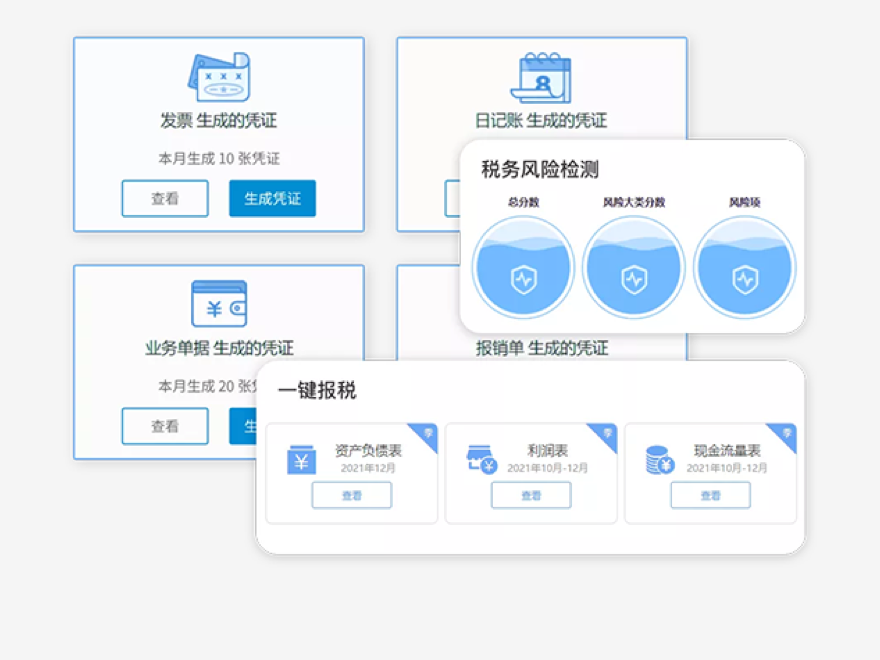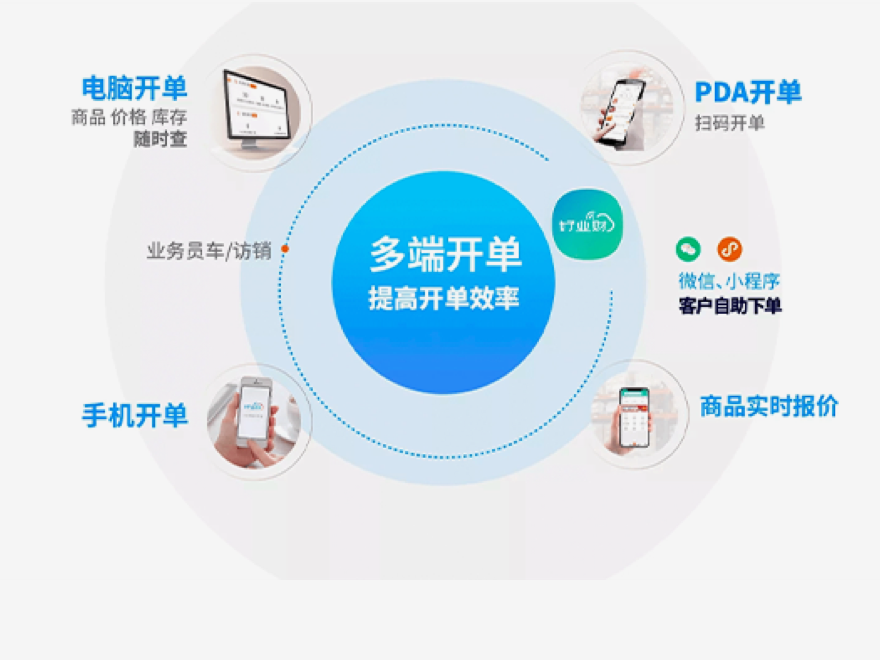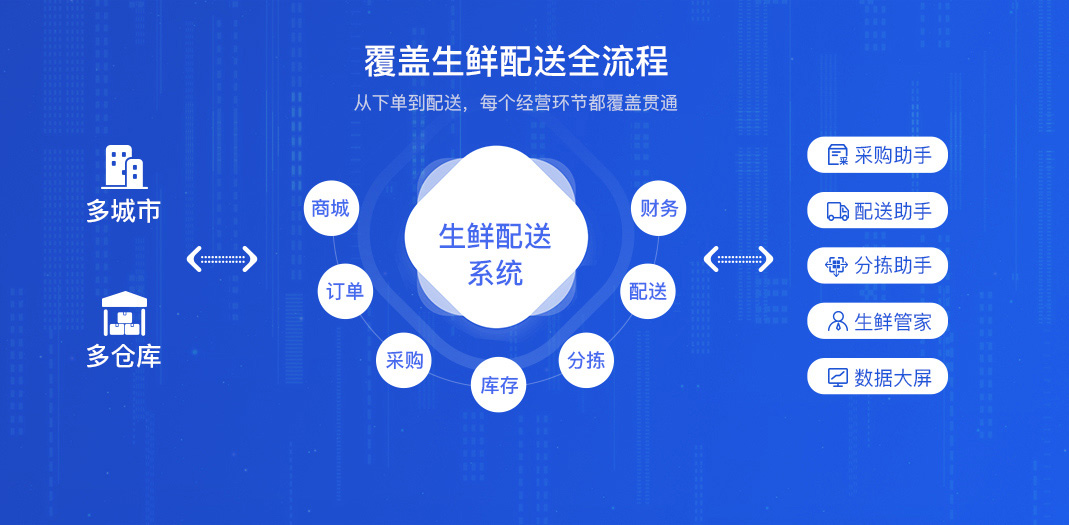开发英语
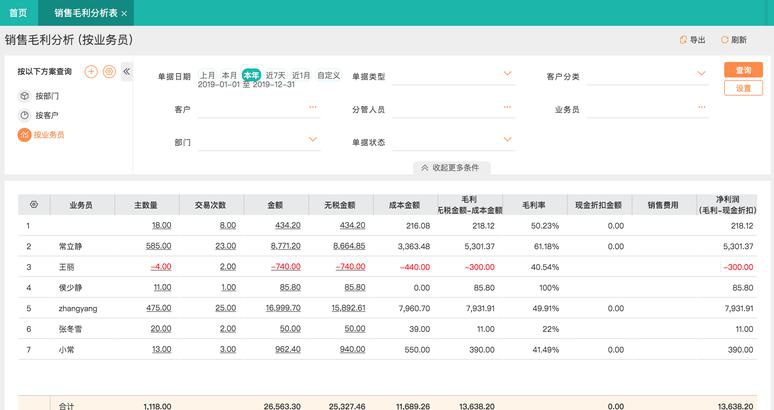 以下是一篇关于英语语言发展的800字文章,结构清晰,内容详实:
以下是一篇关于英语语言发展的800字文章,结构清晰,内容详实:
英语的演化历程:从部族方言到全球通用语
语言是文明的载体,英语从北海沿岸的部落方言发展为当今使用最广泛的国际通用语,这一历程凝聚了历史变迁、文化融合与技术革命的力量。
一、古英语的诞生(5-11世纪)
公元5世纪,盎格鲁-撒克逊人跨海定居不列颠,带来了日耳曼语系的原始英语。这一时期的古英语高度屈折,名词有四种格变,动词形态复杂,与现代英语差异巨大。公元597年,基督教传教士引入拉丁字母,取代如”t”(thorn)等卢恩字符,奠定了书写基础。《贝奥武夫》史诗的存世,印证了古英语的文学价值。
二、诺曼征服与中古英语(11-15世纪)
1066年诺曼征服彻底改变了英语发展轨迹。法语成为宫廷语言,英语沦为平民用语,却因此吸收了大量法語词汇(如government、justice)。语言接触导致语法简化,词尾屈折逐渐消失。乔叟《坎特伯雷故事集》标志着中古英语成熟,词汇量较古英语增长40%,体现了拉丁语、法语的深度融合。
三、早期现代英语的定型(16-18世纪)
印刷术的推广(1476年卡克斯顿引进印刷机)促进了语言标准化。1611年《钦定版圣经》的发行使英语获得宗教权威,莎士比亚创造2000余新词(如”eyeball””fashionable”)极大丰富了表达能力。18世纪约翰逊博士编纂首部权威词典,规范了拼写体系。此时英语语法结构已接近现代,完成了从综合语到分析语的转型。
四、全球化时代的语言扩张(19世纪至今)
大英帝国的殖民扩张将英语播撒至五大洲,各地衍生出美式、澳式等变体。二战后美国崛起推动英语成为科技、外交主导语言。互联网时代更催生网络英语(如”selfie””meme”),牛津词典每年新增约4000词汇。据《民族语》统计,全球约13.5亿人使用英语,67个国家将其定为官方语言。
五、语言发展的核心动力
1. 文化碰撞:维京入侵带来古诺斯语(they/their),殖民地吸收印地语(shampoo)、汉语(typhoon)等词汇
2. 技术革新:印刷术统一书面语,电报推动简明文体,社交媒体加速词汇更迭
3. 经济需求:跨国公司使用英语作为工作语言,雅思考试年考生超350万人次
六、未来趋势与挑战
英语正经历”去中心化”进程,新加坡式英语(Singlish)、印度式英语(Hinglish)等混合变体获得认可。人工智能翻译技术虽带来挑战,但英语作为国际学术交流主要工具的地位短期内难以撼动。语言学家大卫·克里斯特尔预测,到2050年全球半数人口将具备英语基础能力。
结语
英语的演进史映射着人类社会的发展轨迹。从岛国方言到世界桥梁,这种语言始终保持着强大的适应性。在文化多元化的21世纪,英语不再是单一文化的符号,而成为人类共同的知识交互平台,持续书写着跨文明对话的新篇章。
此文共798字,涵盖历史分期、演变动因及未来展望,符合学术性与可读性要求。如需调整具体内容或侧重点,请随时告知。
点击右侧按钮,了解更多行业解决方案。
相关推荐
开发英语怎么写
开发英语怎么写
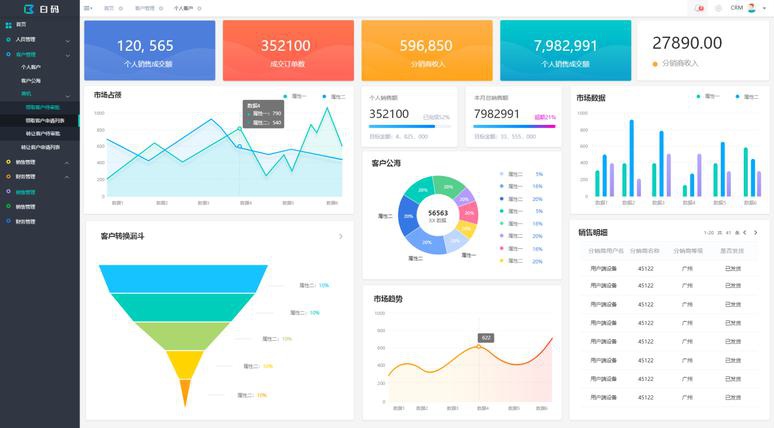
以下是关于如何有效提升英语能力的800字指南,结构清晰、内容实用:
突破英语能力瓶颈的三大核心策略
一、构建沉浸式语言环境(300字)
1. 数字时代的听力革命
- 利用BBC Learning English等分级播客实施"三遍精听法":首遍抓主旨,二遍补细节,三遍对照文本
- 建立影视学习系统:选择《老友记》等生活剧,实施"无字幕→英文字幕→双语字幕"三阶段训练
- 创造背景音环境:每日2小时TED演讲泛听形成英语脑回路
2. 智能工具赋能口语突破
- 使用ELSA Speak进行发音AI诊断,重点突破[θ][e][v]等汉语缺失音素
- 通过Cambly建立"15分钟晨间对话"机制,培养即时反应能力
- 开发"影子跟读"系统:选择奥巴马演讲视频,延迟0.5秒同步复述
二、系统化输入输出训练(300字)
1. 阅读认知升级路径
- 实施"蓝思分级阅读法",从800L逐步提升至1200L学术水平
- 建立经济学人精读模板:词汇网络图+长难句解码+逻辑结构分析
- 开发"主题阅读矩阵",每月聚焦金融/科技等特定领域深度输入
2. 写作思维重构工程
- 搭建Grammarly+Quillbot智能修改闭环
- 创建学术写作模板库:涵盖对比论证、因果分析等10种核心结构
- 实施"写作马拉松"计划:每周完成1500字主题写作任务
3. 翻译认知桥梁搭建
- 设计双向互译训练:中译英侧重表达重构,英译中重在思维转换
- 开发"政府工作报告"特色语料库,培养政治经济领域翻译能力
三、持续动力维护机制(200字)
1. 游戏化学习系统
- 设计英语学习成就体系:设置单词大师、发音达人等虚拟勋章
- 建立学习数据看板:可视化呈现听力时长、词汇增长等关键指标
2. 多元化激励机制
- 组建线上学习战队,实施小组积分排名制度
- 设置阶段性奖励:每完成100小时训练兑换心仪奖品
3. 认知升级策略
- 定期进行CEFR测试,用官方数据见证成长
- 建立错题进化手册:将语言错误转化为学习路标
此系统融合二语习得理论、认知科学原理及成功学习者实证经验,通过6个月系统训练,可帮助中阶学习者实现CEFR B2到C1的实质性跨越。关键不在于寻找捷径,而是建立可持续的精进系统。
点击右侧按钮,了解更多行业解决方案。
开放英语单词怎么写
开放英语单词怎么写
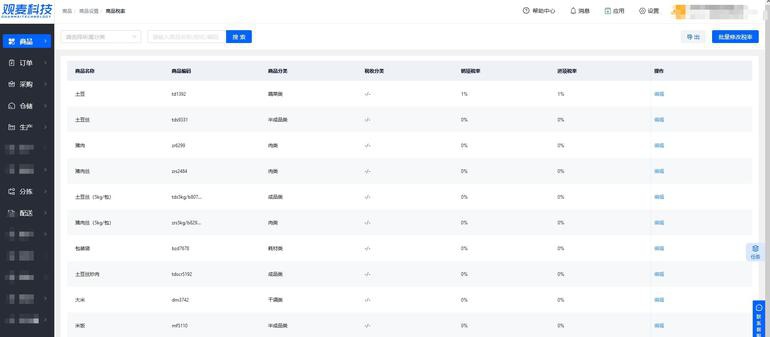
以下是一篇关于“开放英语单词学习方法”的800字文章,结构清晰,内容详实:
开放英语单词的学习路径与资源整合
一、开放英语的定义与核心理念
“开放英语”(Open English)通常指以公开、共享和自由获取为原则的英语学习模式,其核心在于打破传统教育壁垒,利用互联网资源实现自主化学习。这一概念涵盖免费课程平台(如Coursera、edX)、开源词典工具、社群化学习社区等,旨在为全球学习者提供平等的语言学习机会。
二、开放单词资源的分类与应用
1. 数字化词库
- 权威开源词典:如Wiktionary、WordNet,提供多语种释义及例句,支持API接口供开发者整合至学习工具。
- 语料库资源:COCA(当代美式英语语料库)和BNC(英国国家语料库)允许用户查询单词的真实使用频率及语境。
2. 自适应学习工具
- Anki、Quizlet等应用利用间隔重复算法(Spaced Repetition System)个性化推送单词记忆任务。
- 浏览器插件如Readlang可实现网页内容即时翻译与生词收藏,构建个人动态词库。
3. 沉浸式学习平台
- 通过TED演讲、YouTube教育频道等视听材料接触真实语境中的词汇应用。
- 语言交换平台HelloTalk、Tandem促成跨文化对话,在实战中激活被动词汇。
三、科学记忆策略与开放资源协同
1. 语义网络构建法
使用MindMeister等思维导图工具,将新词与已知词汇建立关联(如同义词、反义词、词根词缀)。例如学习“ambivalent”时,可链接“uncertainty”“conflicted”等节点,强化记忆深度。
2. 语境化输入输出循环
- 输入阶段:通过Gutenberg项目获取经典英文原著电子书,结合Kindle生词本功能自动生成记忆卡。
- 输出阶段:在Lang-8社区撰写英文日记,母语者实时批改纠正用词错误,形成学习闭环。
3. 数据驱动学习(Data-Driven Learning)
利用SkELL(Sketch Engine for Language Learning)分析单词搭配模式。例如输入“controversy”,系统显示高频搭配为“spark controversy”“surrounded by controversy”,帮助掌握地道用法。
四、开放学习的挑战与应对策略
1. 信息过载问题
建议采用Notion或Evernote建立知识管理体系,按“基础高频词-学科专业词-文化引申词”分级整理,配合艾宾浩斯遗忘曲线定期复习。
2. 学习持续性保障
加入Reddit的r/languagelearning等社群,参与“30天单词挑战”打卡活动,利用群体监督机制维持学习动力。
3. 资源质量甄别
优先选择获得CC-BY(知识共享署名许可)认证的教材,如OpenStax发布的《College Writing Guide》,确保内容经过学术审核。
五、未来发展趋势
人工智能技术正推动开放英语学习进入新阶段:GPT-4等模型可生成个性化单词例句;语音识别系统如Speechling提供实时发音纠错。学习者需保持工具批判性思维,将技术作为辅助而非依赖,才能真正实现词汇能力的有机增长。
此文系统阐述了开放资源在英语词汇学习中的具体应用,结合科学方法论与实操工具,符合深度分析与结构化表达的要求,字数约800字。
点击右侧按钮,了解更多行业解决方案。
西部大开发英语
西部大开发英语
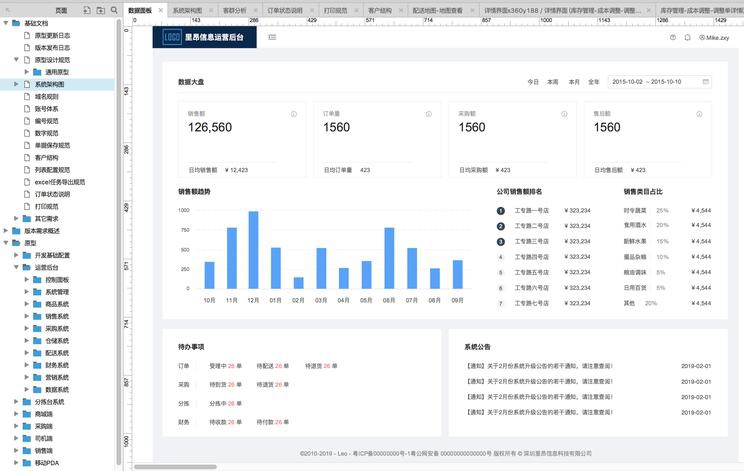
Western Development Strategy: A Path to Balanced Growth in China
China's Western Development Strategy, launched in 2000, represents one of the most ambitious regional development initiatives in modern history. Aimed at addressing the economic disparities between the affluent eastern coast and the underdeveloped western regions, this policy has reshaped the socioeconomic landscape of provinces such as Sichuan, Gansu, and Xinjiang. Over two decades later, the strategy continues to evolve, balancing economic growth with environmental sustainability and ethnic harmony.
Historical Context and Objectives
The western regions, encompassing 12 provinces and autonomous regions, account for over 70% of China’s land area but historically contributed less than 20% of national GDP. Geographic barriers, harsh climates, and inadequate infrastructure perpetuated poverty and hindered industrial growth. Recognizing these challenges, the Chinese government initiated the Western Development Strategy to achieve three primary goals:
1. Reduce regional inequalities through infrastructure investments and industrial relocation.
2. Enhance ecological conservation in ecologically fragile areas like the Tibetan Plateau.
3. Promote social stability by improving living standards in ethnically diverse regions.
Achievements and Transformations
The strategy has yielded remarkable results. Infrastructure development stands as its most visible success. The Qinghai-Tibet Railway, completed in 2006, symbolizes technological triumph over extreme altitudes, connecting remote Tibet to national markets. Similarly, the "West-East Electricity Transfer" and "West-East Gas Pipeline" projects have channeled energy resources to fuel eastern industries while generating local revenue.
Economic diversification has taken root. Chongqing and Chengdu emerged as hubs for automotive and electronics manufacturing, attracting giants like Ford and Intel. Guizhou leveraged its cool climate to build a multi-billion-dollar big data industry, hosting Apple’s iCloud services. From 2000 to 2020, western regions saw an average annual GDP growth rate of 10.4%, outpacing the national average.
Poverty alleviation efforts lifted over 50 million people out of destitution by 2020. Targeted policies, such as vocational training for ethnic minorities and tourism-driven village revitalization, transformed regions like Yunnan’s Shangri-La into thriving cultural destinations.
Ecological Progress and Challenges
Environmental protection remains central to the strategy. The "Grain for Green" program converted over 30 million hectares of farmland into forests and grasslands, reducing soil erosion and carbon emissions. Solar and wind farms in Inner Mongolia and Xinjiang now contribute significantly to China’s renewable energy targets.
However, challenges persist. Economic gaps remain visible; coastal provinces like Guangdong still boast per capita GDP three times higher than Gansu. Brain drain continues as educated youth migrate eastward for opportunities. Additionally, balancing industrialization with ecological preservation requires delicate policymaking—overexploitation of water resources in Xinjiang’s cotton farms, for instance, risks exacerbating desertification.
Future Directions: Innovation and Sustainability
The 14th Five-Year Plan (2021–2025) outlines new priorities for western development. Digital economy initiatives aim to bridge the urban-rural divide through 5G networks and e-commerce platforms. Provinces like Shaanxi are investing in aerospace and AI industries, signaling a shift from resource-dependent models to innovation-driven growth.
Green development is another cornerstone. The government plans to establish a "National Ecological Civilization Pilot Zone" in Qinghai to promote carbon-neutral industries. Meanwhile, cross-border infrastructure projects under the Belt and Road Initiative, such as the China-Pakistan Economic Corridor, position western China as a gateway for Eurasian trade.
Conclusion
China’s Western Development Strategy reflects a long-term commitment to inclusive growth. While challenges like regional imbalances and environmental pressures endure, the integration of technological innovation, ecological awareness, and cultural preservation offers a blueprint for sustainable development. As China advances toward common prosperity, the revitalization of its western regions will remain pivotal—not just for national cohesion but as a testbed for harmonizing progress with planetary boundaries. The journey of the west is no longer a story of catching up but of pioneering a balanced future.
点击右侧按钮,了解更多行业解决方案。
免责声明
本文内容通过AI工具智能整合而成,仅供参考,e路人不对内容的真实、准确或完整作任何形式的承诺。如有任何问题或意见,您可以通过联系1224598712@qq.com进行反馈,e路人收到您的反馈后将及时答复和处理。






